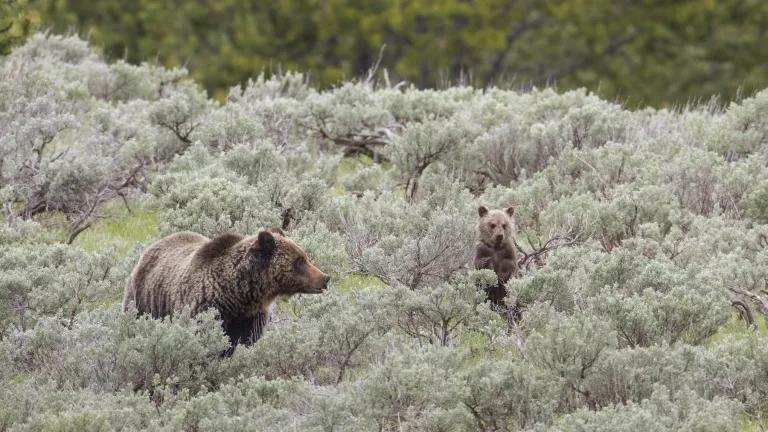China's New Wildlife Trade Ban and Upcoming Law Amendment
The Coronavirus Outbreak in China, has been identified by the World Health Organization as a “Public Health Emergency of International Concern” or “PHEIC.” As you’ve probably heard by now, this epidemic could have begun in a seafood market in Wuhan that also sells wild meat and live animals. Investigations into how the virus spread to humans are ongoing, although dead or live wildlife has been identified by many experts as a probable path of exposure. Seventeen years after the horrific SARS outbreak, the coronavirus has once again shown a spotlight on the risks of consuming wildlife as food and spurred public outcry to ban wild meat consumption in China.
This challenge is not unique to China. Epidemics, such as Ebola, Middle East Respiratory Syndrome, Bovine Spongiform Encephalopathy or Mad Cow Disease, Avian Influenza, and SARS, all originate from wildlife.
To combat the outbreak, China announced a suspension on wildlife trade across the country in January and a crackdown (i.e., stricter enforcement) on illegal activities involving wildlife. The country’s top legislature also initiated a process for amending the current Wildlife Protection Law and announcing a decision this week to ban the trade of wildlife as food and tighten the crackdown on illegal wildlife trade. Within hours of the crackdown being announced, authorities started closing down markets across the country selling species ranging from badgers, deer and peacocks to turtles, pangolin and civet cats. Illegal consumption of or trade in wildlife will be severely punished, as will hunting or transporting wild animals for eating.
While this is all very good news, it should be noted that the ban is not permanent and will automatically expire when the amendments to the Wildlife Protection Law become effective. Further, key details regarding ban enforcement have yet to be clarified to ensure it serves its purpose. Finally, we are hopeful that the amendments to the Wildlife Protection Law will address key issues, including: (1) the definition of “wildlife” (i.e., what species should be protected or managed under this law); (2) which species should be listed for what purpose and how to manage the lists; (3) inter-agency coordination mechanisms; (4) supervision and enforcement; (5) biological security and public health; and (6) information transparency.
Invited by a key agency contributing to China’s amendment process—the National Forestry and Grasslands Administration (“NFGA”)—NRDC conducted a policy review on global wildlife management and epidemic control practice, developed recommendations, and submitted both to NFGA, which we believe provided helpful insight and background for decision makers.
China is seizing upon this opportunity to re-examine and amend its wildlife and epidemic control policy, showing the country’s determination to ban the consumption of wildlife as food. The strong messages it is sending to Chinese society will help change people’s mindsets on how to interact with wildlife and nature. This is critical for human health and to reverse biodiversity declines. As stated in the United Nation’s 2019 Global Assessment Report (or “IPBES report”), a million species are threatened with extinction, many within decades, largely due to habitat changes and direct exploitation of species. If we are going to make progress protecting human health and securing biodiversity for future generations, these are the kinds of changes we need.




